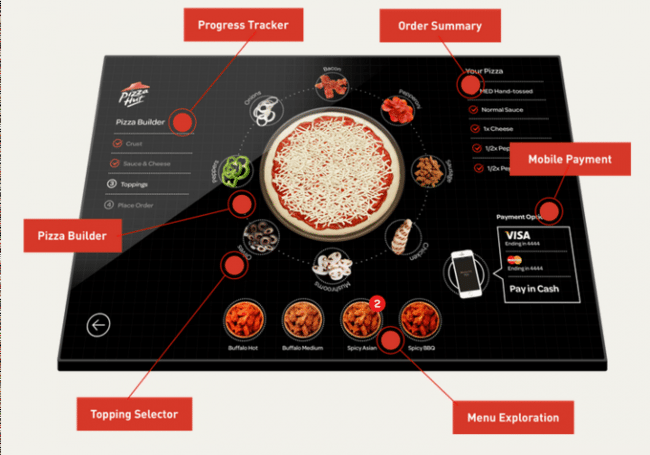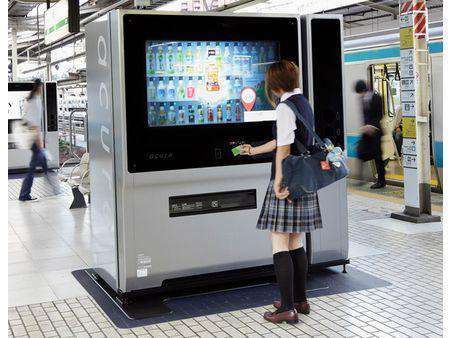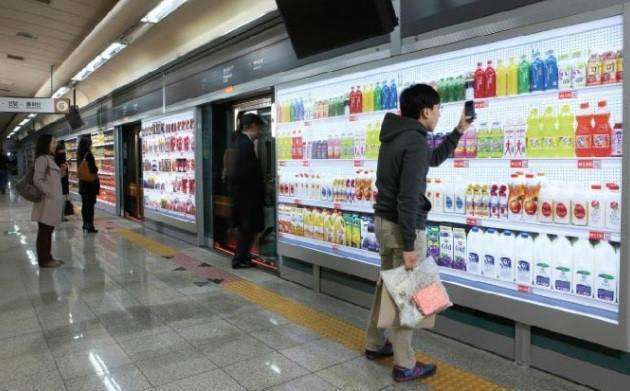Gastronomic digitalization
Rony Samuel
With trending online digital innovations, here are some of the upcoming in-store digital innovations. These are believed to transform the course of customer experience and conventional marketing practices in the food and retail sectors.
Interactive dining table #
One such technology contributing to this transformation that I have come across is from the house of Pizza Hut—an interactive dining table that lets you build your own pizza virtually. All you do is design your pizza on the screen, place an order and get it served at your table. Meanwhile, you get to play games on your screen while the pizza is being baked and served.
All these steps completely eliminate human interaction and are supposed to provide an elevated psychological experience.
This works as an innovative marketing concept for Pizza Hut. At the time, it also raises the question: is Pizza Hut turning into a pizza-vending machine? Barring the odds, this technology is indeed promising to promote the growth of the food industry with better consumer experience.
Vending machines that ‘suggest’ #
Another such concept is the digital vending machines in Japan that come with an interactive screen, helping you make choices for an enhanced shopping experience. They contain intelligent features to recognize the customer and store data—features that are considered the next step, the evolution of marketing into “intelligent marketing”.
These machines can also analyze the body of the person standing in front of them and suggest appropriate drinks, such as cold lemonade or a hot coffee, based on health and weather conditions.
Digital supermarkets #
Similarly, the digital supermarkets of South Korea have created quite a buzz. These are similar to the digital vending machines; imagine a digital supermarket shelf that can be placed anywhere—like in a subway, a park, or college. All you have to do is scan the product from the screen and place the order, which is then delivered to your home. As the core of this technology lies in the convenience and experience, it also opens the door to the next level of marketing and business practices.
Amazon has also designed its own version of digital markets named Amazon Go, with implementation of technologies like advanced machine-learning, artificial Intelligence and computer vision. Now, all a customer has to do is walk in, grab, and go.
The Amazon Go application on your mobile scans your check-in, updates the list of items picked up and bills your Amazon account automatically as you check out. Eliminating long lines for checkout, human capital, and registers as a result.
Reality and virtual reality #
With intelligent marketing, these technologies can be used more effectively in determining prospective customers, forecasting demand and market trends, and, eventually, maximising revenues.
With the influx of virtual reality, a consumer can now—while sitting in his/her living room—take a virtual trip to the retail store, place orders, and reduce the time spent and cost involved in the go-to-the-store effort.
The trend of digital stores is stepping towards a revolution, transforming user-experience and conventional markets. It will help to promote a cashless economy, cut down inventory, infrastructure, and human-capital costs, and promote the growth of business.
Some basic questions #
However, as we head off to see and experience the world through the digital window, some questions arise in my mind:
- As we build technology that helps makes things simple and easy, are we moving away from the world of reality?
- As we solve problems, are we forgetting that each invention will result in machines that could displace a group of human workers?
- Can an illuminating screen replace the human sense-factors of touch and feel?
- While building our dreams and the future, are we heading to a day where we may forget that reality was once ours, and experienced face-to-face?
Rony Samuel is an MBA student from Crescent School Of Business, Chennai. As part of a mentorship programme involving industry leaders, Rony is being mentored by our CEO, Harish Anand Thilakan.


